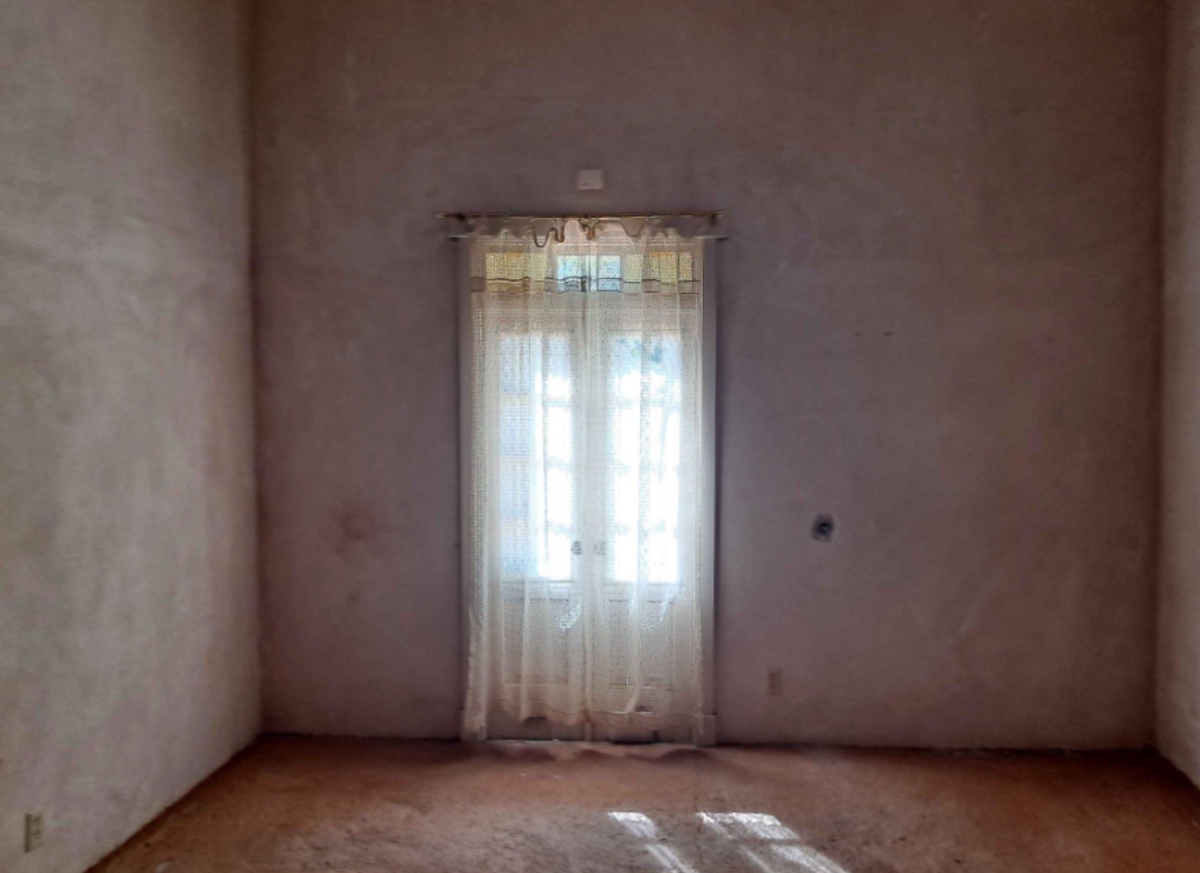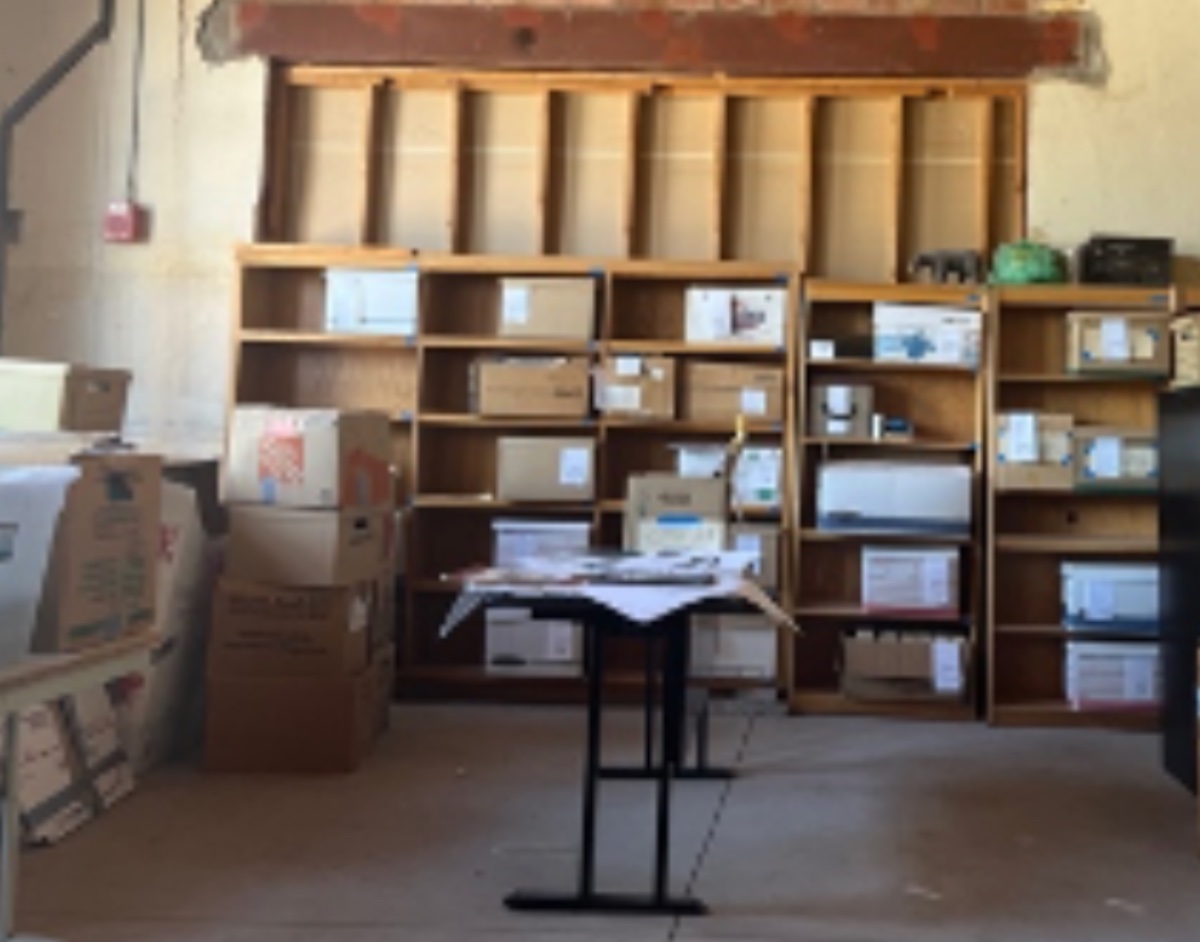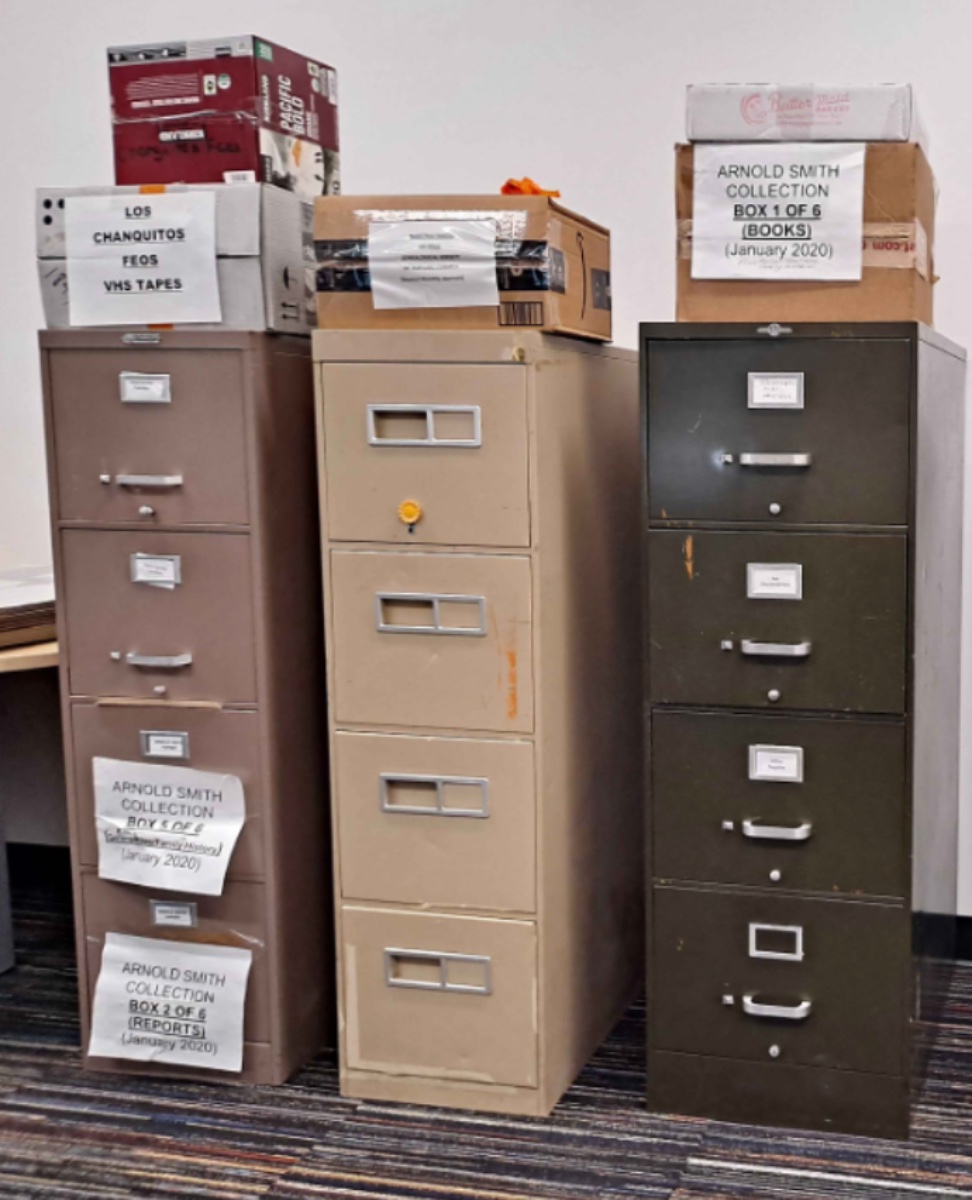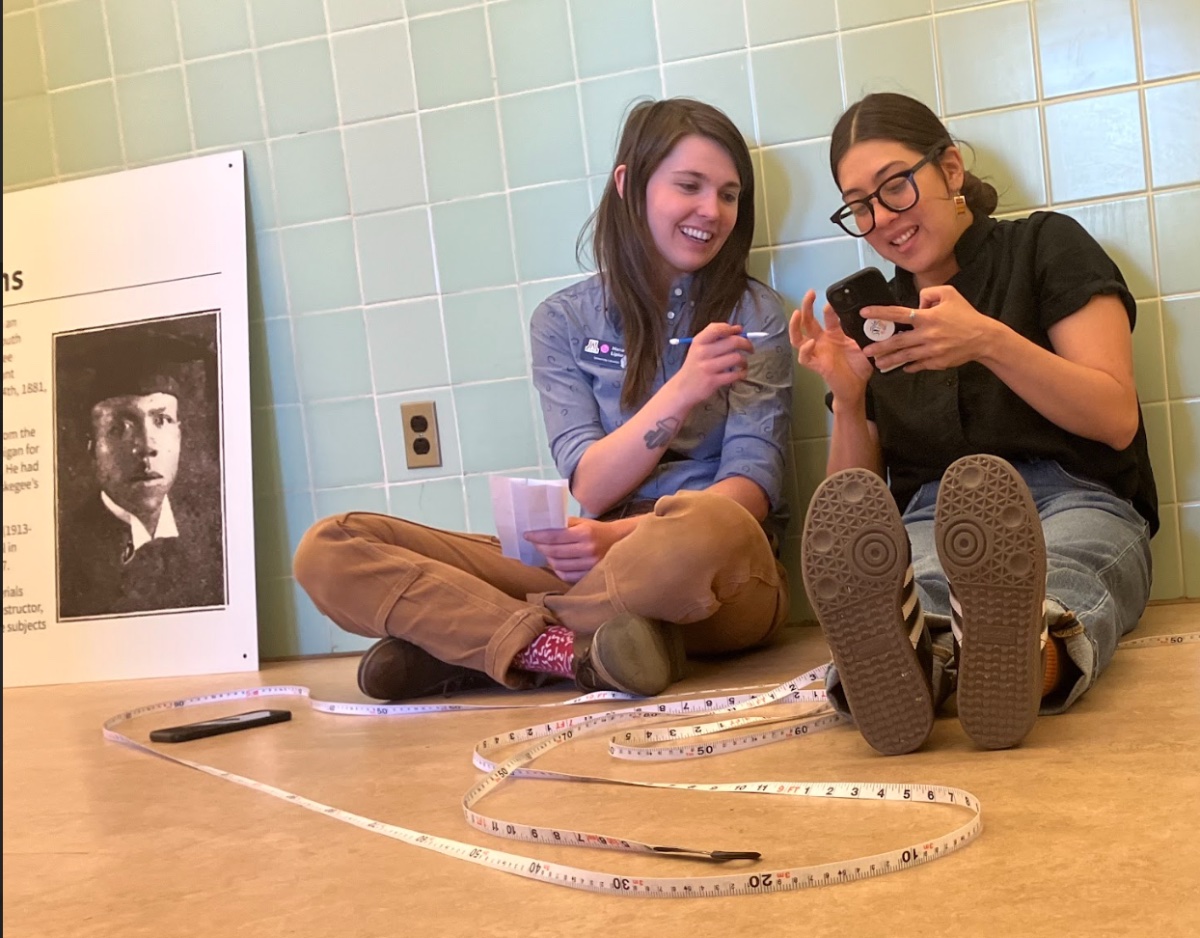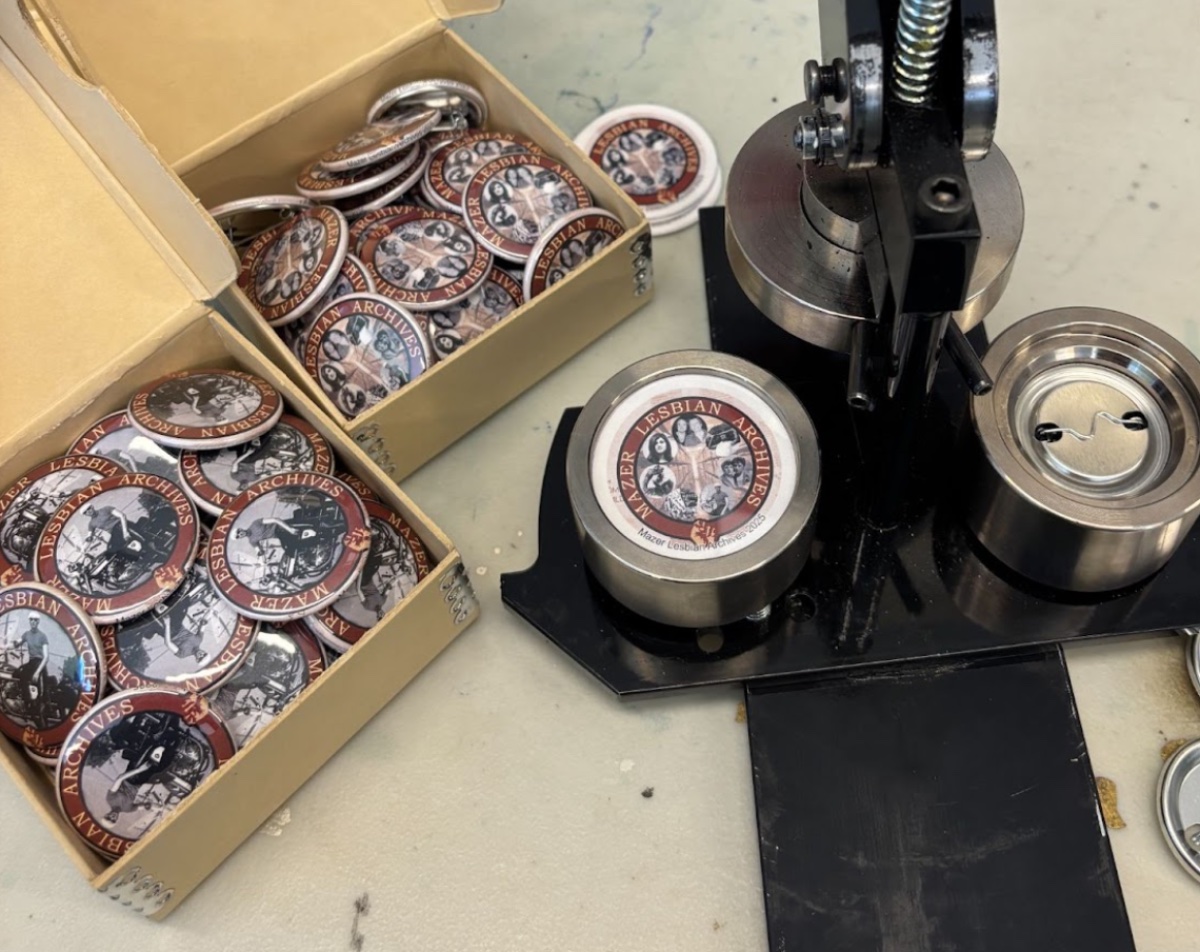By Hana Lipke, FOCAS Intern, Spring 2025 / University of Arizona
The Dunbar Pavilion, as it stands today, is an African American focused cultural and community center located at the corner of West 2nd Street and North Main Avenue. The oldest building on site is the original Paul Laurence Dunbar School, which grew from “The Colored School” – the first school in Arizona built specifically to educate black children. In Arizona, school segregation began with a law permitting racial segregation in schools, which was then amended to mandate racial segregation in 1912, the year Arizona became a state. As the Dunbar School grew in size, the campus did as well. Voluntary school desegregation occurred in Tucson in 1951. Once Dunbar was integrated in 1952, the school was renamed John Spring. Despite a change in name, the stories of the school remain – these stories were the focus of my work at the Dunbar in the Spring semester of 2025.
While working with Olivia Otero, my fellow FOCAS intern, and Ms. Barbara Lewis, the designated historian of Dunbar (and Dunbar alum!) I had the very special opportunity to watch an archive be born. During my first few days, I was given a run-down of how things were going. Over the previous semesters, historical ephemera had been slowly collected and organized in what would one day become the Barbara Lewis Archive Room. This room that we would be working in was both beautiful and intimidating. Prior to renovation, the room lacked a proper ceiling or finished floor. The drywall had degraded in spots and there were quite a few cobwebs to wade through. Old cabinets and bookshelves took up most of the room. Still, I was taken aback by the beauty of the history I was standing in. The floor to ceiling windows poured in sunlight and panned out to some lovely olive trees outside. The venerability of the old brick walls gave me chills. Seriously, I was touching a brick from 1912! So cool. But enough poetic waxing, it was time to get to work.
We had our agenda for the semester: finish a run of exhibit panels to be hung in the hallway, create an item-level inventory of museum objects, sort the current box-level archival inventory into proposed collections, start drafting a second run of exhibit panels, possibly propose a mural for the entryway of the building, and draft an emergency preparedness plan. It certainly kept us busy.
Olivia and Ms. Barbara had been working on a preliminary run of exhibit panels that would line the historic walls, contextualizing Dunbar’s legacy. These were just about ready to send to print. One key detail was finalizing the placement of the panels in the hallway. To better emulate this for the Dunbar Archives Committee, I created a 3D model of the hall in SketchUp, a digital fabrication platform. These models allowed users to virtually walk through the hall and read the panels. This garnered quite a bit of excitement from the board and gave us the steam to move forward. In the few months I worked on this project we were able to see the panels finalized, printed, and mounted – a huge success on all fronts. Once we got started, we didn’t want to stop! We quickly mocked up a second round of panels that would round out the rest of the hallway and cover the history up through the renaming of the school to John Spring Junior High.
Concurrently with this, we were taking an item-level inventory of the museum objects. Dunbar’s holdings were divided into book and paper-based ephemera (with subsections for A/V materials, and framed art), and physical objects (3D objects like dolls, hats, pottery, etc.). Berlin Loa, the Arizona co-PI of FOCAS, and Bryan Armstrong, a previous intern, had done a wonderful job of corralling all the archival materials and labeling them. Our job was to finish up the inventory with all the other objects which we managed to finish after a few weeks. The complete inventory was recorded in an Excel spreadsheet that had tabs for each type of material: Archives, Museum Objects, A/V, Artwork, and Books/Magazines. We had to hurry to complete this because, as mentioned previously, this room was unfinished and set for renovation. This meant the collections had to take a vacation in the other building of the complex while the room was refinished.
This led to an eventful weekend for all! The day before the move, Berlin and I rented a campus fleet vehicle, picked up some leftover pallets from UA Library facilities, and made our way to Dunbar, where we transported 8 pallets up a lift and into the intended room. The following day, a lovely sunny Saturday, a group of 9 volunteers wrangled a total of 111 boxes, an 8-foot metal sign, and a complete pottery kiln, from one room to the other. We designated recorders in each room with separate spreadsheets to record when all boxes entered and left, and runners moved things between the two buildings on a makeshift fleet of wagons, dollies, and A/V carts. A few hours later, we had done it! We had a community archive that was completely transported by members of the community, and even though by the end we were covered in dust and sweat, it felt so good.
The first run of exhibit panels was hung shortly after – a tangible product to all the work we had done. They looked amazing too. We were entering our final weeks of the internship at this point and had to start thinking about how to wrap up our time at Dunbar. Olivia and I wanted to leave the program with all the resources to keep our momentum going. We took our remaining time to draft an emergency response plan for the pavilion and write some succession documentation for future interns. I was able to use some prior preservation experience to draft an emergency plan with some easy-to-follow salvage instructions, and Olivia was able to document her historic research in a Dunbar finding aid.
Though my time as an intern at the Dunbar is over, I am looking forward to continuing my work in a consultative capacity. I will remain on the Dunbar Archives board and will continue to volunteer where I can. My fellow intern, Olivia, will continue to work with the Dunbar in the fall semester, and I can’t think of anyone more capable of seeing this project through. It has been such a fulfilling experience working in a community archive. I cannot wait to see the final product, even if an archivist’s work is never really done.


